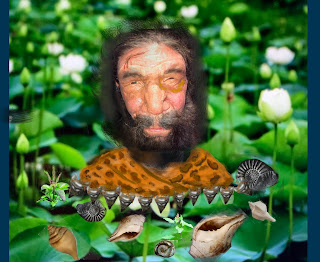THE HARE KRISHNA "BLISS" ADDICTION

The primary method the founder of the Hare Krishna (ISKCON) movement used to quickly gain disciples in his quest to disseminate Gaudiya (Bengali) Vaishnavism to the West relied on confusing the gullible with promises he could not possibly fulfill. A.C. Bhaktivedanta Swami’s arrival in New York in 1966 coincided with the hippie phenomenon and its participants’ experimentation with LSD and other psychotropic drugs and a general disillusionment with what they deemed an excessively restrictive social order. Conditions were ripe for taking advantage of the hippies’ flirtation with Eastern mysticism. The guru, A.C. Bhaktivedanta Swami, quickly attracted many such followers, as did numerous other Indian gurus. Disgust for materialism of all kinds remained a feature of his new disciples, but the agent of escape from it was shifted from mind-altering drugs to a mind-altering mantra. Specifically, the chanting of the “maha mantra” or Hare Krishna mantra was used as a means to...





